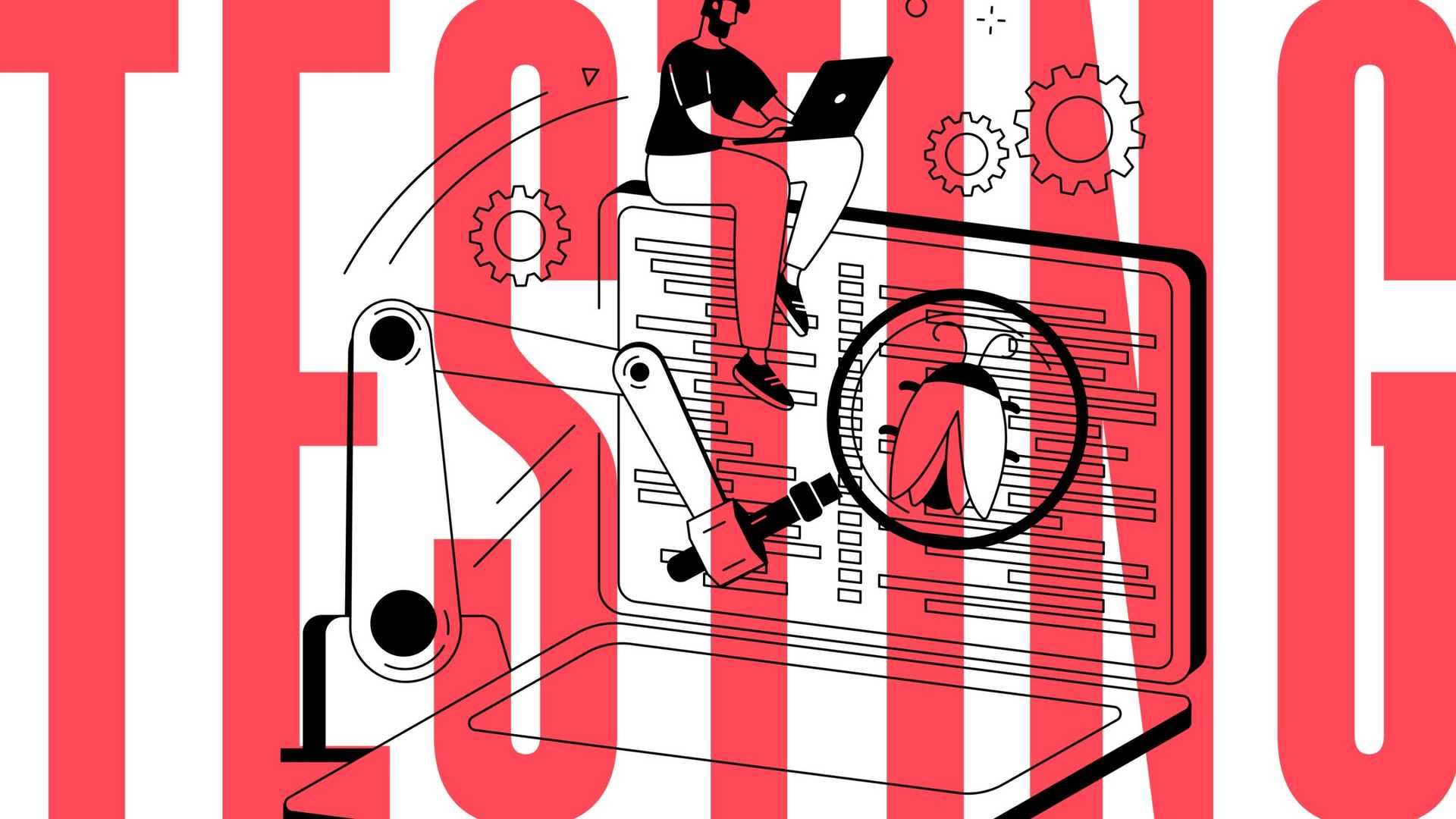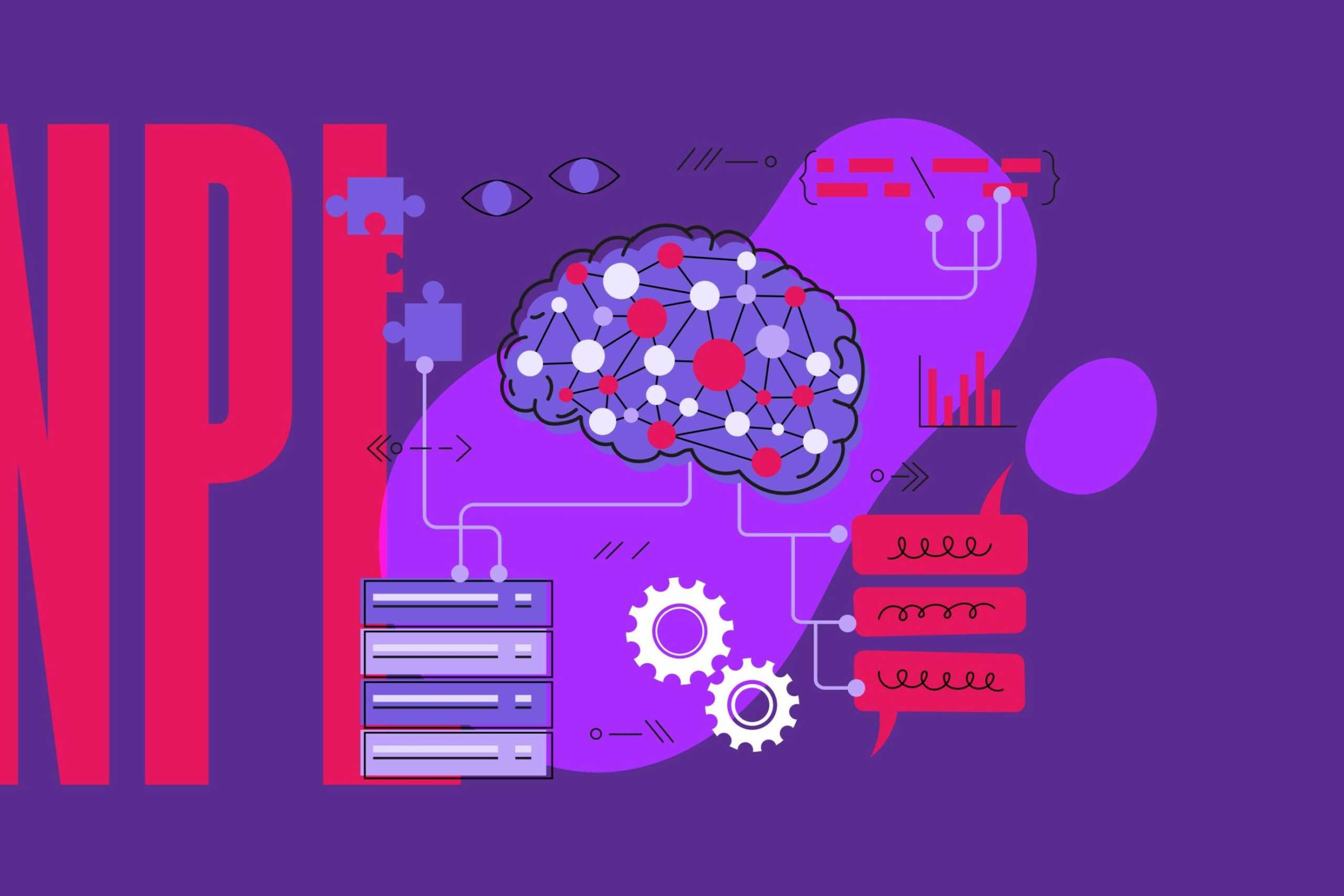
February 08, 2024
Did you know that the hole in the ozone layer above Antarctica went undetected for a long period of time? This was because all of NASA’s data analysis software was designed to ignore extreme measurements.
Bugs in software can be frustrating for users, but they can also be catastrophic. Think about industries such as healthcare, banking, or national defense where a small error could have a devastating impact.
Testing software thoroughly before it’s released is, therefore an essential part of the development process. But it’s not cheap. Startups, in particular, have to balance their finances, and getting the most bang for your buck when testing software is a huge consideration.
Tracking bugs and errors is one of the main challenges for any business about to launch a product. Here we’ll look at testing options and how to collect feedback from crowdsourced testers.
Software testing options
There are four main types of software testing options. Selecting the right one for your business can depend on your resources, namely time and money, as well as on your expected outcomes and any industry regulations.
The four main options businesses have for software testing are:
- Using an in-house software testing team
- Outsourcing software testing
- Automated testing
- Crowdsourced testing
In-house testing teams can be expensive. This is because you have to recruit the right people for the job. You’ll also need to set up a testing environment that can handle testing for all operating systems on various devices. Outsourcing can overcome some of these issues, but it can also be costly as you’ll usually be billed at an hourly rate, whether bugs are discovered or not.
This leaves crowdsourced testing, where a diverse group of testers use the product and report issues.
What is crowdsourced testing?
Crowdsourced testing involves using the expertise of a range of people across the world (the “crowd”) to use and assess products. Because of the diverse nature of the group, this type of testing can offer a broad range of perspectives.
Crowd testers are usually found online and are given tasks or asked to do research to spot bugs or UX problems in the software. The testers are usually carefully selected to match your demographic, giving a much-needed ‘human’ element to the feedback generated.
Say, for example, your business is building a new website for the Indian Ocean region, and you register io domain. Crowdsourced testers would be given access to this domain and undertake a series of functions and tests to make sure the website works as it should. Because the testers are based in different geographical regions and use different devices, the test will be extremely comprehensive as some users may experience problems when others don’t.
This can give much quicker results than traditional testing methods.
What are the benefits of crowd-testing?
Whilst thorough testing in any form is a non-negotiable, crowdtesting has many benefits when compared to other forms of testing. Some of the reasons to consider crowdsourced testing are:
- It reduces testing costs
- It’s more flexible
- It covers a wider range of testing environments
- It simplifies updates and innovation
- It helps ensure the product meets customers’ needs and expectations
- It allows for quicker identification and correction of bugs
- It allows for quicker product launch times
- It’s more scalable.
What to consider when collecting crowdsourced testing feedback
Whilst crowdsourced testing has its advantages, there are many things to consider to avoid potential problems occurring in the feedback process. These include:
1. Quality control and consistency
When faced with an array of diverse testers with differing levels of expertise, maintaining consistency can be a challenge. This is why you’ll need to issue clear and strict guidelines to testers to ensure good results.
Profiling testers can also help. A great crowdsourced tester should have the following qualities:
- A wealth of technical skills and a lot of motivation
- Good technological knowledge
- Good communication skills
- The ability to work as part of a team
- The willingness and ability to follow the guidance.
2. Security and data privacy
Since the software is exposed to external testers, data privacy and security must be considered. Putting measures in place to protect and safeguard sensitive information and ensuring legal compliance is a must.
Clean room solutions can offer secure cloud-based communication, which could be a great option for liaising with crowdsourced testers. Knowing the clean room data recovery cost can help you factor secure communications into your testing planning.
3. Communication challenges
Because the ‘crowd’ is from a range of backgrounds, speaks different languages, and comes from different cultures, collecting feedback will require effective tools and strategies to standardize communication.
Consider how testers can reach out with questions too. Cloud PBX systems allow businesses to scale up or down their communications in a lower cost way. The omnichannel aspect means that bug reporting or feedback can be streamlined via a channel that works for both the testers and your business.
4. Test case relevance and completeness
Test cases must cover all critical aspects of the software in line with testing objectives. This means careful planning, and developers must oversee this process with due diligence and care.
Using a bayesian neutral network can help spot missing data using probable inference to estimate the missing value. Understanding what is bayesian neural network is, is a great tool for developers to create a testing environment that provides the best feedback.
5. Bug triage
It’s realistic to expect a high volume of bugs to come through. This can be overwhelming if the correct triage systems aren’t in place. The best way to triage bugs is by having a system to categorize and rank them in order of severity, UX, or impact so fixing them can be prioritized.
6. Tester reliability and motivation
Testers are individual people based in remote locations. Their level of care and due diligence can vary, and this can be a concern when collecting feedback. To ensure testers don’t rush the testing process, developers must consider how tests and feedback can be standardized. This could be done with verification checks, clear questioning, and shorter tasks.
Machine learning algorithms can spot patterns and make decisions based on findings. This can help to spot incorrect answers, so knowing how to evaluate machine learning models can help reduce feedback problems like this.
7. Contextual understanding
Because the ‘crowd’ is generally from a wide range of places, language barriers can be a problem, leading to different levels of understanding of a given brief, the product, or the intended audience.
Developers must provide clear messaging, perhaps with easy-to-follow videos or diagrams, to make sure people understand the brief fully and provide the best quality feedback. It may also be worth considering pre-screening the testers to farm out those who may be unable to understand any aspects of the brief.
8. Response time and bug-fix turnaround
As they say, time is money, so the importance of a quick, well-coordinated response is important. When the ‘crowd’ is a global group, this can be a challenge to orchestrate, so proper systems must be in place. Having a response team working through the triage list can help.
A quicker turnaround can lead to a quicker, cleaner product launch that provides a basis for strong lead enrichment from the get-go. This is because using real people to test software helps build a product that customers will want to use and will therefore help create a stronger bond with leads.
9. Tester bias
When you work with a large group of people, opinions and bias can be a problem if not pre-considered. Biased opinions can affect feedback, so measures will need to be taken to identify this in the feedback process. Factoring this into your feedback model and addressing this in any guidance material can also help.
10. Compliance and legislation
Compliance and legislation in your region (as well as in the regions where your testers are located) must be taken into account when planning crowdsourced testing. This is especially true if sensitive data is shared or stored at any part of the process, from granting software access to feedback collation.
This is where your business’s policies and quality assurance will be paramount to a smooth testing process. Virtual machines can replicate a computer system, so are great for software testing as separate environments can be created away from the main system, which can help to keep real data secure and compliant.
Final thoughts
Deciding whether or not to opt for crowdsourced testing can depend on several factors such as the size, scope, and nature of the project. As a business, you’ll need to have an understanding of the complexities of the testing required, your time frames, and your financial resources to make the best choice.
Whilst all types of testing have their place, crowdsourced testing is a great option for companies wanting to thoroughly test their product whilst keeping costs to a minimum. Effective planning of the testing process can help overcome the challenges this type of testing can pose and provide the best-quality feedback.
NEW Developer Nation survey is live. Participate and shape the trends in software development. Start Here!
Contact us
Swan Buildings (1st floor)20 Swan StreetManchester, M4 5JW+441612400603community@developernation.net







